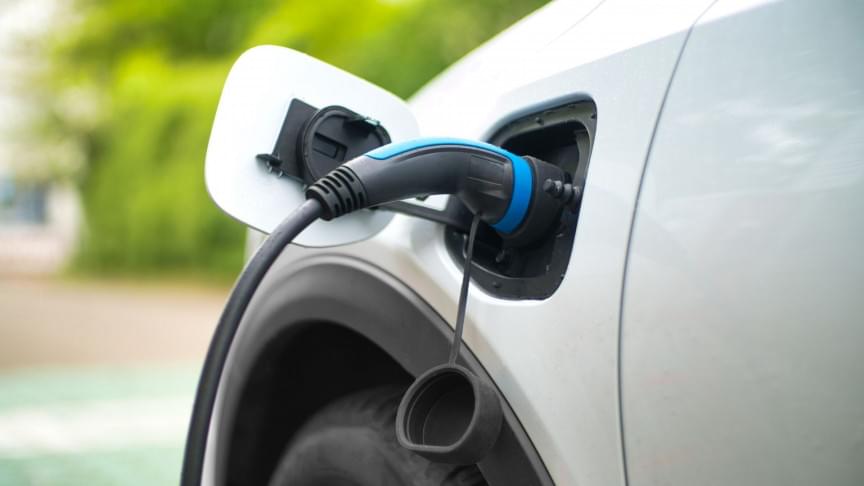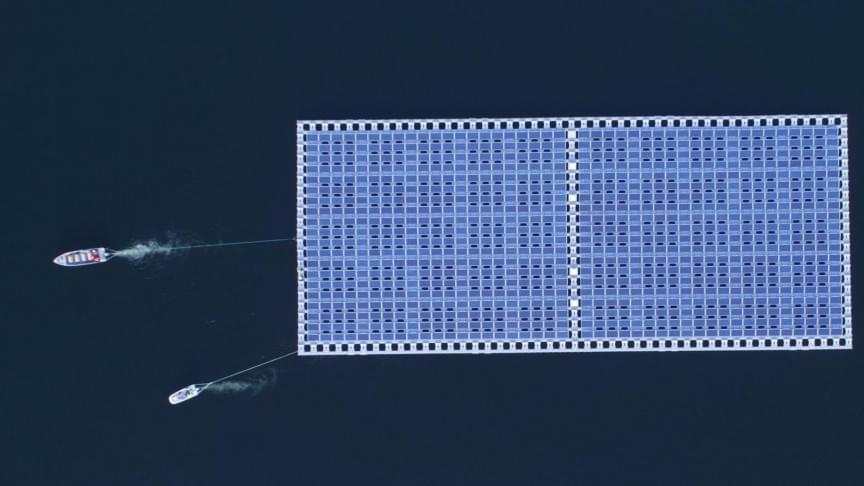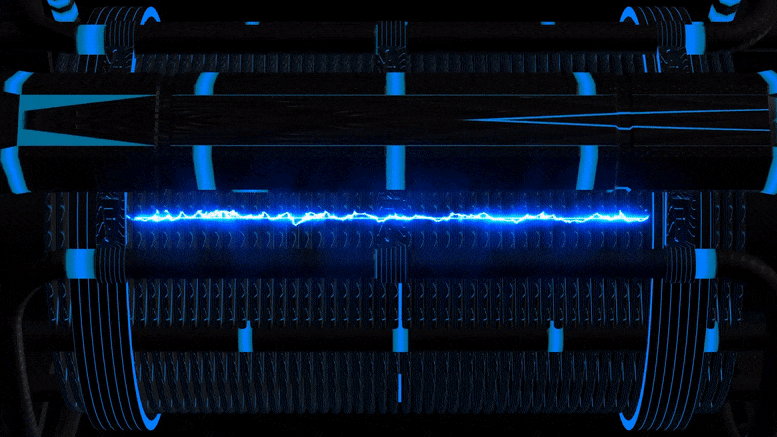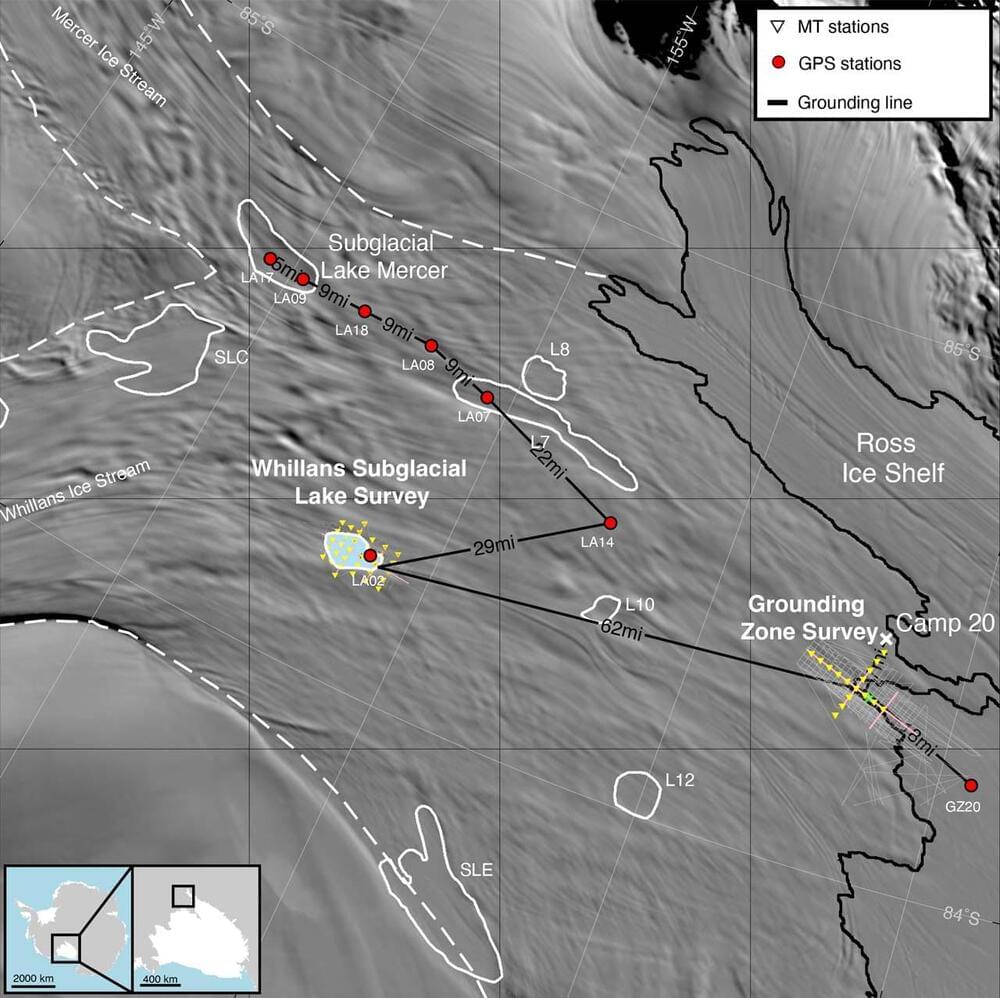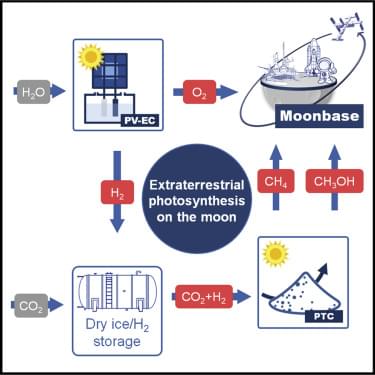
Canadian company Aurea has developed a portable wind turbine that fits in your backpack. Called Shine, it weighs just three pounds, it’s about the size of a water bottle, and it can charge any USB device, or up to four phones (though not at the same time). The turbine is shaped a bit like a mini Zeppelin. It features three gently curved blades that fold out like flower petals and a collapsible tripod that is stored inside. The product launched on Kickstarter last year and on Indigogo last week. It has raised over $270,000 so far and will be shipping in a matter of months–just in time for camping season.
Humans have been harnessing the wind for centuries, but it has always required massive infrastructure, be it windmills or wind turbines. In recent years, engineers and designers alike have taken it upon themselves to reinvent the technology by playing with scale and form (think wind turbines integrated into walls or giant grids made of tiny turbines). But Aurea’s founders had a different goal in mind: Make wind power portable.
Shine can be used during a blackout at home, and serve anyone who needs access to energy while not attached to the grid. But its most likely users are going to be campers, RVers, and nomads, making weight a crucial factor. “People said, ‘We won’t carry it if it weighs more than three pounds,’” says Cat Adaley, a mechanical engineer who founded Aurea in 2017 and developed Shine with entrepreneur Rachel Carr. “Every design feature was weighed.” (The battery makes up a third of the weight, and the turbine is made of polycarbonate reinforced plastic with a glass composite; the tripod is aluminum.) All of this helped the founders create a portable turbine that has the highest power to weight ratio of any renewable energy at this scale, Adaley says.


